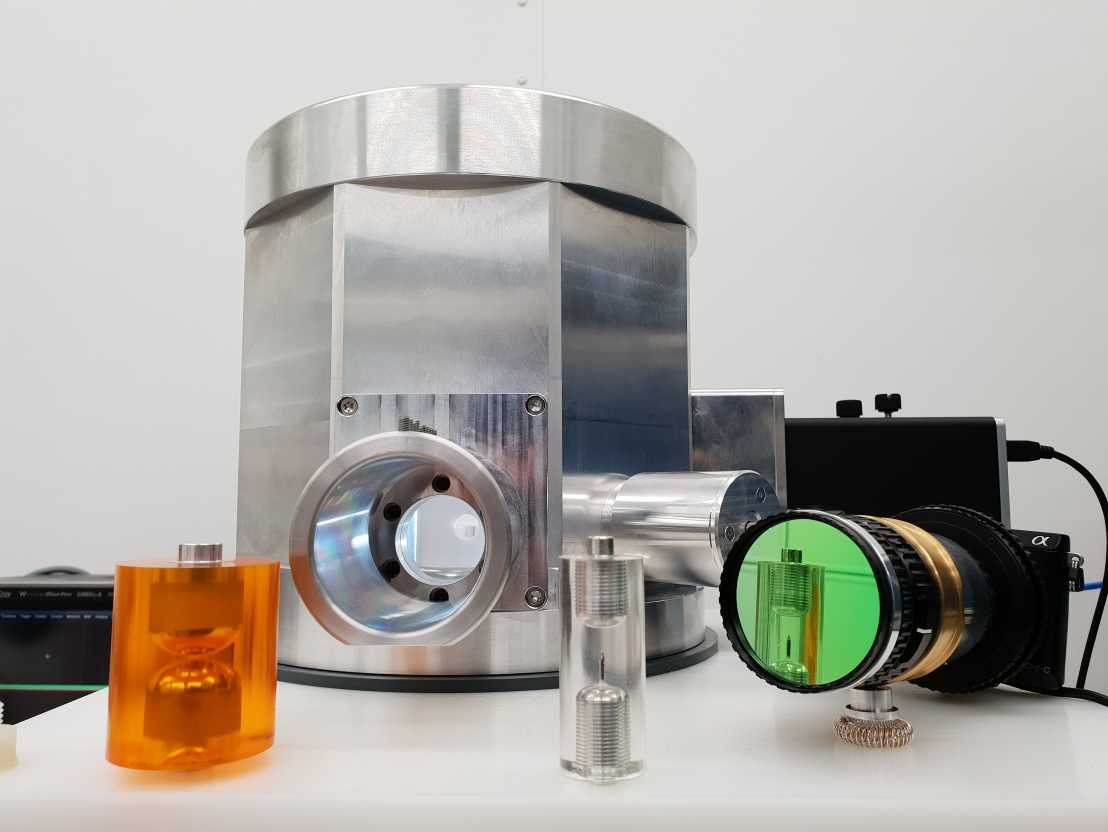High Voltage Solid Insulation

With the use of power electronic devices, the insulation system is no longer stressed only with power frequency voltages, but also mixed-frequency voltage stress. Research is needed to achieve the same reliable and long-term performance also under these new conditions.
Partial Discharge Inception in Electric Motor Insulation
Due to the rising demand for electric vehicles and the tendency to further electrify airplanes (more electric aircraft), a substantial effort is exerted toward optimizing the employed electric drives. These are, above all, induction motors driven by inverters, which frequently use magnet wires as stator windings. Since an integral part of the design optimization process is the minimization of the insulation system within the respective reliability margins, determining the reliability with respect to degradation processes is crucial.
The partial discharge (PD) phenomenon is generally accepted as the main factor determining the degradation. PDs can result in the failure of the insulation system within very short times. For this reason, determining and predicting the voltage at which the PDs incept (PDIV) is pivotal. Especially regarding the often employed pulse-width modulation (PWM) control method, the influence of excitation voltage frequency needs to be understood under all operating conditions of temperature, pressure and humidity.
HVDC Dynamic Export Cables
Offshore wind generation is critical to realizing the European Green Deal and the broader EU ambition to reach climate-neutrality by 2050. EU objectives target an installed capacity of 300 GW1 offshore wind as part of the worldwide push for offshore wind power. Up to a third of all the offshore capacity installed could be floating since this technology unlocks wind potential in deeper waters at greater offshore distances. One key requirement is the development of cost-competitive, long-distance submarine HVDC cable transmission systems. Our research investigates the aging of solid insulation materials under combined stresses of high electric fields, high temperaturs and dynamic mechanical motion.
Environmentally friendly insulation materials
We research to understand the behaviour of recycled or self-healing polymers and those sources from renewable materials in high-voltage applications.
Partnership: University of Manchester, Technical University of Vienna, external page dcdynamic.eu (financed via external page Seri - SBFI)
Researchers: Fabian Bill, Ondrej Sefl, Pit Bechtold